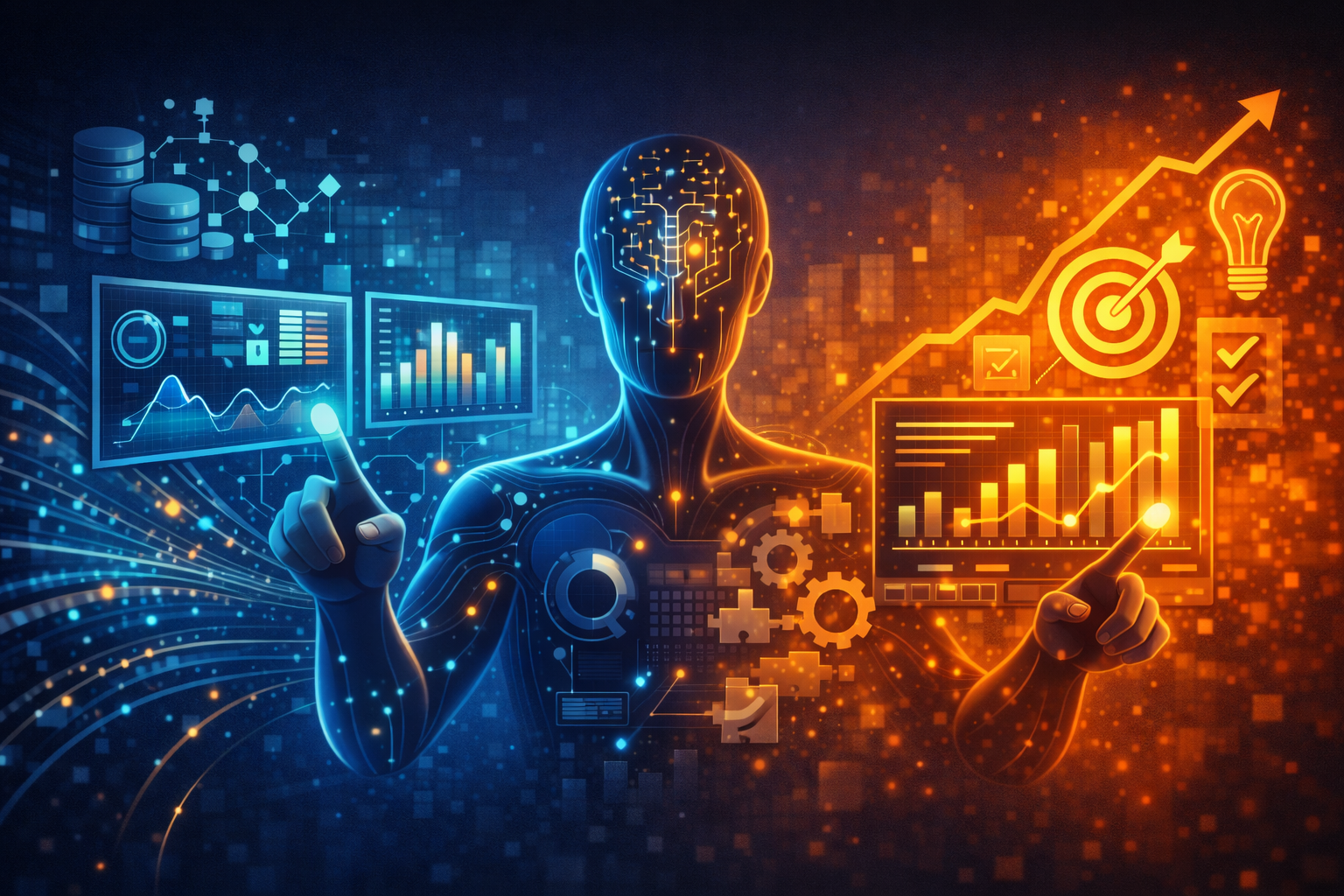In today’s era of digital transformation, standard robotic or business process automation is no longer sufficient to drive exceptional results. Infusing these automation technologies with emerging technologies such as AI, machine learning, and advanced analytics is necessary to enhance the level of automation, capitalize on growth, and fuel transformation. Such an amalgamation of technologies can enable organizations to take their operational decision-making to the next level, while simultaneously simplifying processes and overcoming the limitations of traditional approaches to automation.
Why does the world need hyperautomation?
When Gartner first introduced the concept of hyperautomation, it did so because of the limitations brought about by traditional automation technologies. For instance, standard automation takes an extremely task-oriented approach, as compared to hyperautomation which is constantly focused on business outcomes, often addressing a complete business process – and not just a handful of tasks. At the same time, because it uses a combination of advanced technologies, it enables seamless future integrations – as compared to standard automation which often operates in a silo of its own.
By adding an extra layer of advanced technology to standard automation, hyperautomation makes it possible for organizations to do more with less. Performed by multiple software and automation tools, hyperautomation delivers a complete ecosystem of platforms, systems, and technologies, allowing for sophisticated, AI-based process automation. In contrast to standard automation, which constantly requires organizations to find relevant processes that can be automated, hyperautomation has an all-encompassing degree of coverage. That means, anything that can be automated, will be automated.
What technologies does hyperautomation rely on?
As a business-driven, disciplined approach, hyperautomation allows organizations to rapidly identify and automate as many business and IT processes as possible for unmatched business results. In fact, hyperautomation is a top trend on the Gartner Top Strategic Technology Trends for 2022. Offering advantages across agility, productivity, collaboration, flexibility, and integration, it aids in process simplification, so organizations can make faster and more accurate decisions.
For instance, in the financial sector, hyperautomation can automatically extract relevant information from user transactions and proactively identify fraudulent actions.
But how does hyperautomation achieve so much? Via the technologies, it relies on, of course! Let’s look at the different technologies that power successful hyperautomation initiatives:
- Robotic Process Automation: RPA builds the core foundation of any hyperautomation initiative, allowing organizations to extend the reach of standard automation and make it more intelligent through integration with other technologies. RPA, when combined with advanced tools and technologies, allows organizations to identify which processes to automate in a quick and efficient manner, improving the scope and outcomes of standard automation – while extending its capabilities using various forms of AI and machine learning.
- Business Process Automation: BPA, along with the more advanced intelligent Business Process Management Suites (iBPMS), helps in coordinating people and machines and executing a series of interrelated processes by applying business rules. As a critical component of hyperautomation, iBPMs helps in introducing different digital tools into business processes, creating new workflows, and carrying out sufficient testing to avoid breakdowns. By building capabilities across low-code application development, process mining, and document management, iBPMS takes BPM to the next level, paving the way for greater intelligence and agility.
- Artificial intelligence: RPA, when enriched with AI, is another core enabling technology of hyperautomation that broadens the horizons of standard automation – leading to faster, accurate, and more efficient outcomes. The technology not only helps in automating tasks; it goes a step ahead in making the end-to-end automation process more sophisticated while also optimizing their capabilities and results. The enhanced intelligence enabled by AI comes in various shapes and forms: it can be an NLP algorithm that understands speech, an OCR model that converts images into text, or a data mining algorithm that continuously analyzes data and identifies patterns to make more accurate predictions.
- Machine learning: Machine learning, which is often used synonymously used with AI, allows hyperautomation systems to automatically improve performance and accuracy over time. Using both supervised and unsupervised algorithms to identify patterns in data, machine learning aids in developing insights from patterns as well as making predictions – so organizations can capitalize on data to make better and timelier business decisions – while also saving costs, boosting productivity, and driving greater efficiencies.
- Integration Platform as a Service: Another important technology powering hyperautomation is iPaaS. Offering cloud-based capabilities to connect applications, data processes, and service-oriented architectures, iPaaS supports the integration of several technologies, allowing for real-time integration and scalability. By offering a range of modern APIs, iPaaS solutions create a pathway for application integration while also providing capabilities like data transformation, data enrichment, and hybrid environment integration.
Hyperautomation takes a holistic and far more contextual approach to automation, allowing organizations to not just automate siloed tasks but end-to-end business processes. If you want to drive successful outcomes from your hyperautomation efforts, you need to power it with a broad technology base. Instead of relying on isolated tools to enable automation, you need to create a rich ecosystem of integrated technologies and build a cohesive unit of hyperautomation. It is through the combination of technologies such as RPA, iBPMS, AI, machine learning, and iPaaS that can pave the way for intelligent automation and intuitive decision-making.












